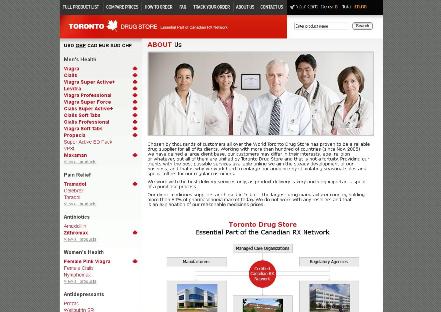Antabuse Vs. Naltrexone: Comparing Alcohol Treatments
How Antabuse Works to Curb Alcohol Consumption
Most people don’t realize Antabuse doesn’t dampen the urge for alcohol—instead, it makes drinking a truly unpleasant experience. When someone takes a sip while on Antabuse, their body reacts with nausea, sweating, headache, and a pounding heartbeat. This memorable reaction can be a powerful deterrent. Antabuse works by blocking an enzyme needed to break down alcohol, causing toxic acetaldehyde to accumulate. Rather than masking cravings, the medication creates a strong negative association that can help keep someone alcohol-free.
| Antabuse Mechanism | Effect |
|---|---|
| Enzyme inhibition | Build-up of acetaldehyde after drinking |
| Physical reaction | Nausea, headache, and rapid heartbeat |
Naltrexone’s Role in Blocking Alcohol Cravings

Unlike antabuse, which creates negative reactions to alcohol, this medication takes a different approach. By targeting opioid receptors in the brain, it dampens the rewarding effects of drinking, making alcohol feel less pleasurable. As a result, people often find their cravings diminish over time. Instead of relying on willpower alone, individuals gain a powerful ally in resisting the urge to drink, helping them break the cycle of dependence and supporting their recovery journey with a more manageable path forward.
Key Differences between Antabuse and Naltrexone
Antabuse works by causing a strong physical reaction if someone drinks alcohol, turning even a small amount into an unpleasant experience. In contrast, naltrexone quietly blocks the rewarding feelings that come with drinking, making it easier to resist cravings without causing discomfort if alcohol is consumed.
While both aim to support recovery, their approaches differ. Antabuse relies on deterrence through negative reinforcement, but naltrexone focuses on minimizing the urge itself. For those motivated by immediate consequences, antabuse may be a more powerful ally.
Possible Side Effects and Safety Considerations

Patients taking Antabuse often find themselves quickly deterred from drinking due to its unique reaction with alcohol—within minutes, they can experience flushing, nausea, and heart palpitations. While these effects can powerfully reinforce sobriety, they may also be severe enough to require medical attention if alcohol is consumed intentionally or accidentally. For this reason, patients must be highly motivated and careful to avoid all sources of alcohol, even hidden ones in foods or products.
Naltrexone, in contrast, tends to have fewer immediate sensitivities to alcohol, but it comes with its own risks. Common side effects include headache, dizziness, and sometimes liver enzyme elevation, making it essential for doctors to monitor liver health before and during treatment. The medication generally doesn’t trigger physical discomfort if alcohol is consumed, but it may blunt the pleasurable effects of drinking.
Both drugs require honest communication between patient and provider to ensure safety. Close follow-up not only reduces risks but also helps adapt the strategy to each individual’s medical history and recovery needs. Engaging openly with a clinician supports the best possible outcome on the journey to lasting sobriety.
Who Benefits Most from Each Medication
Antabuse is often a good fit for individuals who are highly motivated to maintain sobriety and have a strong support system in place. It’s especially effective for those who want a clear deterrent, as its mechanism produces immediate, unpleasant reactions when alcohol is consumed—even in small amounts. This can be particularly useful for people with a history of repeated relapses who need an external safeguard against impulsive drinking.
On the other hand, naltrexone tends to benefit individuals who struggle with strong cravings or urges to drink but may not have a predictable drinking pattern. It works best for those who wish to reduce heavy drinking instead of achieving total abstinence right away. Unlike antabuse, naltrexone doesn’t cause adverse reactions if alcohol is consumed, which some find less intimidating and easier to commit to.
| Medication | Best Suited For |
|---|---|
| Antabuse | Motivated abstainers, strong external deterrent needed, structured environments |
| Naltrexone | Craving reduction, pattern of heavy drinking, flexible treatment goals |
Doctor and Patient Perspectives on Success Rates
For many physicians, the real measure of success lies in how these medications support lasting change. Antabuse often shows immediate impact due to the physical deterrent it creates, leading doctors to see rapid declines in drinking. Patients who are highly motivated appreciate this immediate boundary, yet some find the strict regimen difficult over time.
On the other hand, those using naltrexone frequently describe more gradual shifts. Doctors observe that craving reduction helps people build confidence as they pursue recovery, although not everyone responds equally well. Many patients report valuing the flexibility naltrexone offers and feel encouraged by reduced urges, even if abstinence is not immediate.
Ultimately, both perspectives emphasize the importance of individualized treatment. Success depends on combining medical guidance with a patient’s readiness and personal goals.

